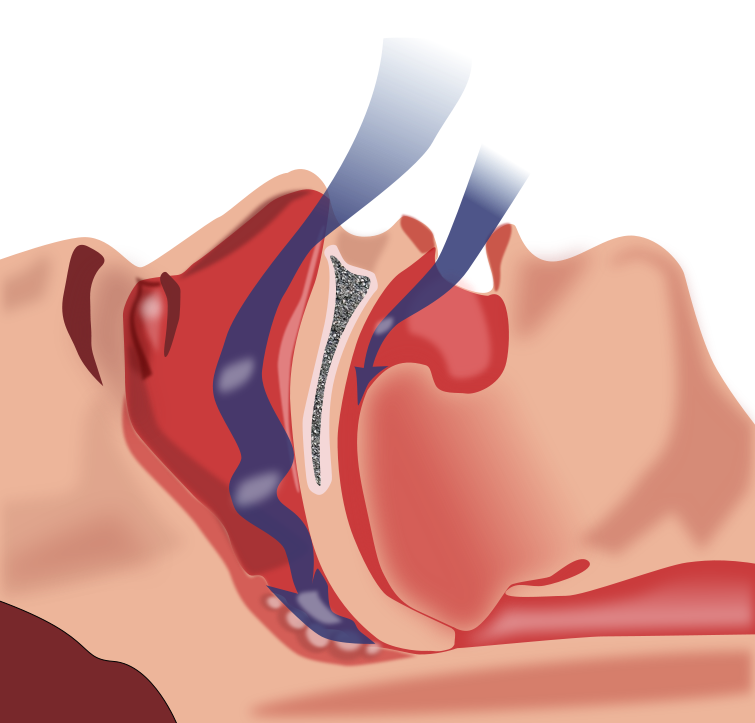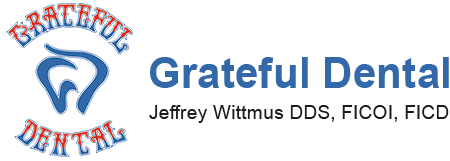
Obstructive Sleep Apnea (OSA) has become the hot topic of concern for public health. A study by the Institute of Medicine reports that 50 to 70 million Americans suffer from disorders of sleep and wakefulness. The effects of sleep loss have been associated with increased risk of hypertension, diabetes, obesity, depression, heart attack, and stroke. One in five car accidents are associated with driver sleepiness, and The American Academy of Dental Sleep Medicine also notes that 18 million Americans have OSA.
Snoring occurs when the tongue and the throat soft tissue relax enough to narrow the airway. The blocked airway vibrates as air passes to the lungs. OSA is a medical condition where this same airway space is closed and no air goes to the lungs. During sleep, the oxygen starvation increases heart rate and blood pressure, triggering your brain to briefly wake and tighten the throat muscles. This produces a snort or a gasp, returning airflow until this cycle is repeated, in some cases hundreds of time during sleep cycles. Sleep deprivation can cause a multitude of medical health issues and effect quality of life by not reaching a deeper, more restful level of sleep. This can affect children as well, especially with enlarged tonsils and adenoids.
Clinical signs and symptoms of OSA in the daytime include tiredness on waking, mood disturbance, depression, morning headaches, difficulty concentrating or memory lapses. In the night time; chronic snoring, choking and breathing interruptions, waking up with a gasping sensation, nocturia, impotence, and night sweats. Although snoring does not always mean a patient has OSA. A sleep study is needed to verify the physiologic events during sleep. The recommended and accepted treatment for OSA is a CPAP (Continuous Positive Airway Pressure) machine. Everyone who has OSA should use CPAP therapy nightly. due to patient compliance issues that sometimes limit the effectiveness of this gold standard, the mandibular re-positioning devices (MRDs) prescribed by dentists are playing an increasingly important role in the treatment of OSA.
Research studies have shown that using an MRD can assist in alleviating symptoms of OSA and snoring by holding your lower jaw forward during sleep. This re-positioning of the lower jaw allows your airway to open more and assists you in breathing without throat or tongue interference. At Grateful Dental, we have used a dozen different MRDs over the years, and find the new devices on the market superior to the old ones. Our favorite appliance is the MicrO2 from Prosomnus. If you have a CPAP machine and you cannot wear it, or if you are a chronic snorer, seek an evaluation as soon as possible.


